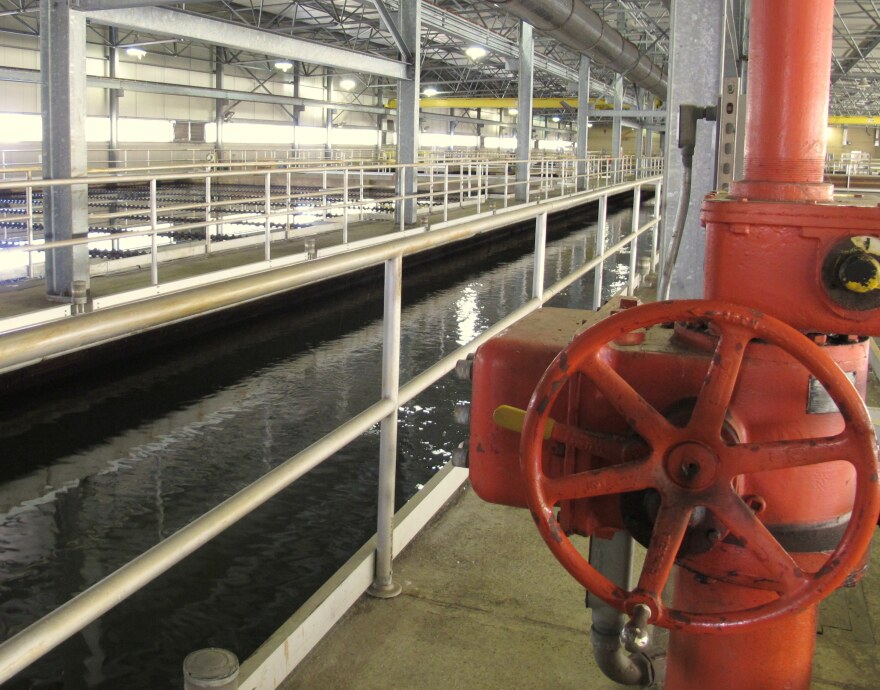The city's water authority got a slap on the wrist Monday from the Wolf administration two years after making a critical change to the chemicals added to Pittsburgh drinking water.
State Department of Environmental Protection Secretary John Quigley said Pittsburgh Water and Sewer Authority should have gotten approval from the state before switching from soda ash to caustic soda for corrosion control.
Analysis Friday showed extremely low levels -- one part per billion -- of both lead and copper at PWSA, he said, but regulators hadn't conducted similar tests since September 2013, well before PWSA deployed the new chemical from April 2014 to January 2015.
Based on those results, there is no current threat to the public, he said.
"But we are taking swift action to ensure that this is the case and to begin the process of determining if any threat existed during the time the modifications were in effect,” he said.
Lead sewer lines and house plumbing can leech dangerous chemicals into the water supply if it’s not properly treated. That’s what happened in Flint, Michigan, when officials switched the water source from Lake Huron to the Flint River but did not add corrosion inhibitors to the water.
PWSA was approved to use soda ash, also known as sodium carbonate. According to Lisa Daniels, Director of the DEP's Bureau of Safe Drinking Water, the chemical forms an insoluble compound that essentially coats the pipes, preventing lead from getting into the water.
In April 2014, PWSA switched to caustic soda, which serves the same purpose, but did not seek state permission to do so.
“The degree to which the protective scale or the film is both insoluble and adheres well to the pipe wall determines the effectiveness of corrosion control treatment,” Daniels said. “These properties are highly dependent on water chemistry.”
PWSA officials cited cost and the lack of availability of soda ash as the reason for the switch, according to DEP regulators. The authority said in a statement that the decision to switch to caustic soda was made by “prior management.”
Former PWSA executive director Jim Good resigned in March following an investigation by the Pittsburgh Tribune-Review that revealed the authority had more than $30 million in unpaid sewer and water bills.
Daniels said Monday there should have been a feasibility study done to find out if caustic soda was as effective as soda ash given the system’s layout, flow rate and water chemistry.
The DEP is requiring PWSA to increase the frequency of testing at Tier 1 sites, which are residences with lead pipes, lead sewer lines or copper pipes with leaded solder. Over the next nine months, PWSA has agreed to test 100 of these sites, according to DEP regulators.
The authority is also required to provide free lead testing to customers who request it and notify customers of the potential risk to human health related to the change in corrosion inhibitors.
The DEP said it is continuing to review water testing data from the 21-month period when PWSA was using caustic soda, and the state Department of Health is reviewing blood tests from the area to see if any patients had elevated levels of lead.
PWSA water has recently come close to the federal limit for lead in the water, according to DEP officials. Monitoring at 50 sites in 2013 showed levels of 14.8 parts per billion; the federal limit is 15 parts per billion.













